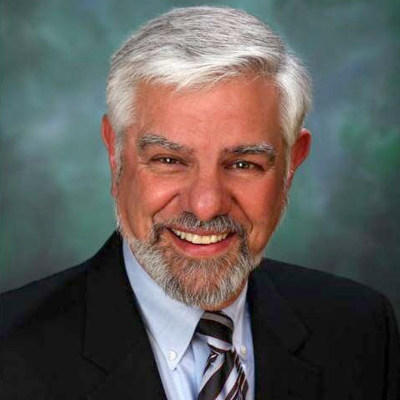Accreditation Considerations
Since the 1990s, many have observed that health professions accreditors can play an important role in stimulating the adoption of interprofessional education (IPE) and practice in both higher education and healthcare practice settings. Recognizing that accreditation is about quality rather than merely a “check the box” exercise, the Health Professions Accreditors Collaborative and the National Center for Interprofessional Practice and Education released the Guidance on Developing Quality Interprofessional Education for the Health Professions (the Guidance). This track will highlight the Guidance and three specific approaches: using the HPAC-National Center deliberate design framework across an academic health center, showcasing the social mission in IPE, and cross-institutional implementation of IPE. Track participants will have opportunities to learn more about the Guidance, explore how it is influencing IPE in multiple settings, and consider how it might be utilized in their own settings.
Learning objectives:
At the end of the Accreditation Consideration Track, participants will be able to:
- Discuss key elements of the HPAC-National Center Guidance on Developing Quality Interprofessional Education for the Health Professions
- Describe the benefits and challenges associated with institution-wide implementation of the Guidance
- Discuss the importance of health equity and training health professionals as agents of more equitable health care, including implications for health professions accreditation
- Describe how educational institutions are establishing intercampus or cross-institutional relationships to advance IPE
- Apply aspects of the HPAC-National Center deliberate design framework to their local settings
Reflective questions:
- How can I use the resources discussed in this Track to improve IPE within my sphere of influence?
- What does high quality IPE look like? What does a clinical learning environment that supports IPE and interprofessional collaborative practice look like?
- How can I support the Beyond Flexner national movement on improving health equity and training?
- How could our IPE program and team-based care be improved through a partnership with another academic institution or practice organization?
Resources:
Health Professions Accreditors Collaborative. (2019). Guidance on developing quality interprofessional education for the health professions. Chicago, IL: Health Professions Accreditors Collaborative. http://healthprofessionsaccreditors.org/IPE-guidance
Weiss KB, Passiment M, Riordan L, Wagner R for the National Collaborative for Improving the Clinical Learning Environment IP-CLE Report Work Group. Achieving the Optimal Interprofessional Clinical Learning Environment: Proceedings from an NCICLE Symposium. http://ncicle.org


